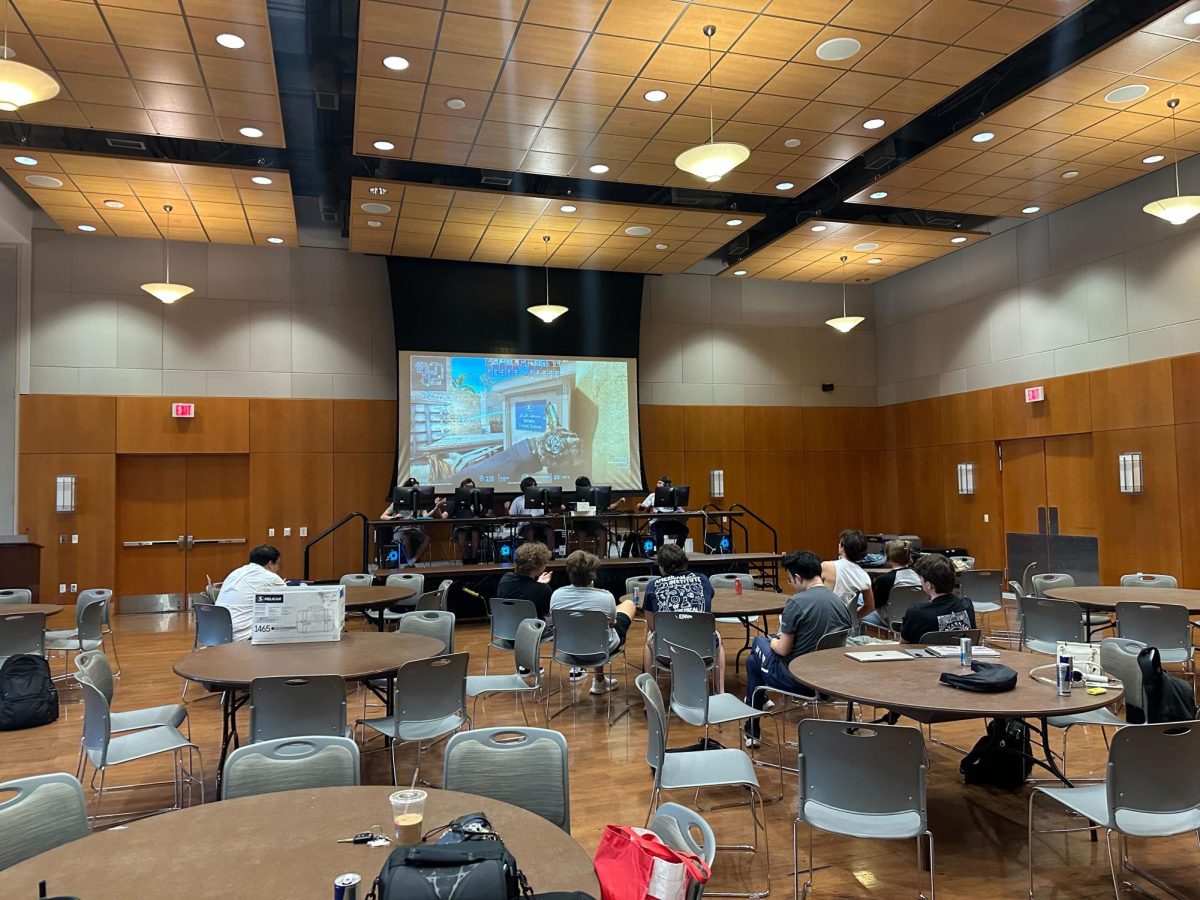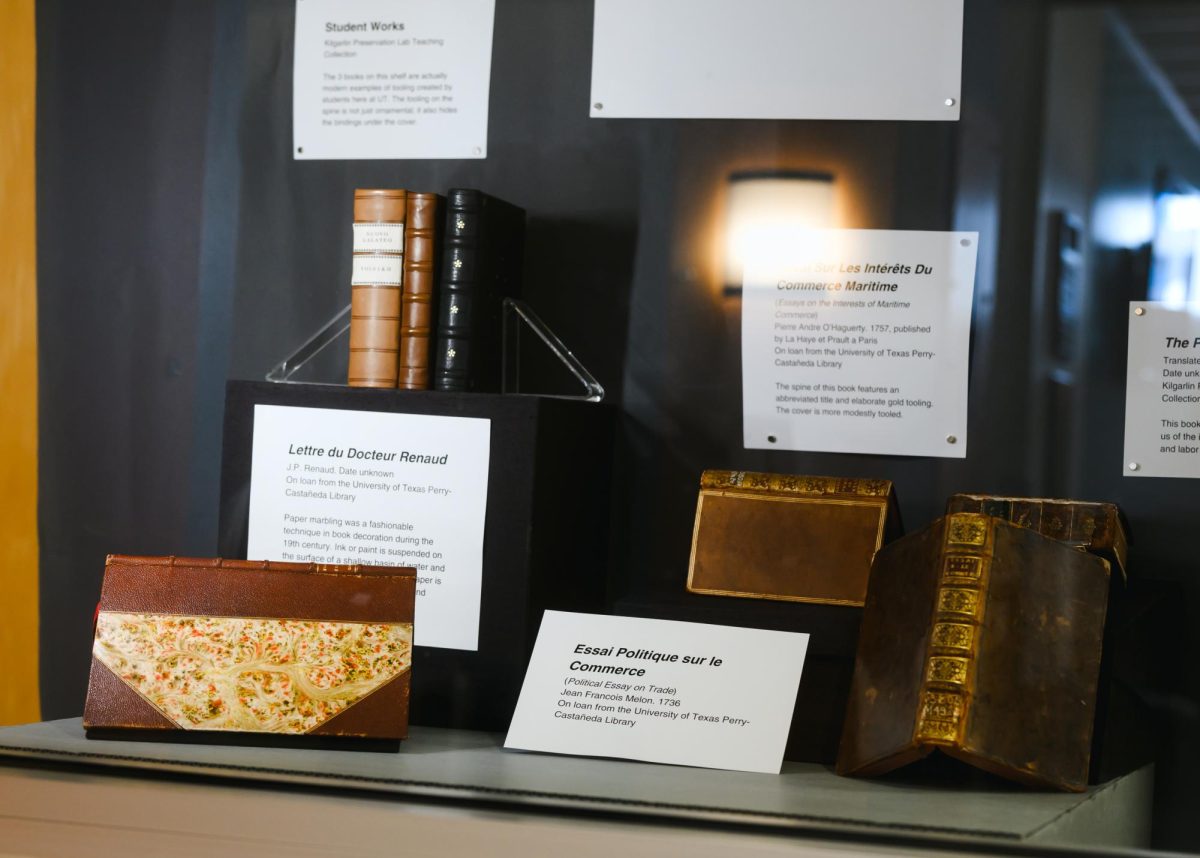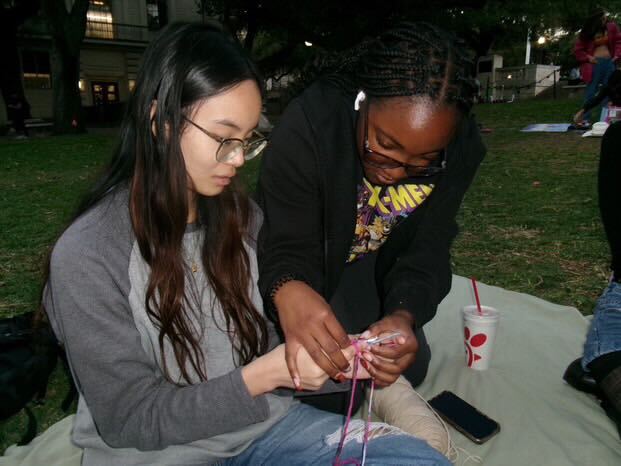I spent last Christmas Eve throwing up out of my mom’s SUV window onto Interstate 10. Nat King Cole was playing on the radio, and, every few minutes, I rolled the window down to throw up the dinner we ate at my grandparents’ house. Exactly a month before, I chose to get an intrauterine device — a small, T-shaped device that’s inserted into the uterus to prevent pregnancy. The cramps were so intense that I got nauseous as soon as the car started moving.
I fell asleep in the shower when we got home, and my mom came in after half an hour and told me to get dressed for church. It was an all-time personal low. But even then, sitting on a cushioned pew, hoping not to hurl in the middle of “Silent Night,” nothing could have convinced me to have my IUD removed.
Choosing to get an IUD felt like the best decision I’d made in a long time, and now, almost a year later, I still feel the same way.
Last fall, when I called my mom to tell her I was getting an IUD, she sighed and said, “I guess you can’t just keep playing Russian roulette, can you?” To be fair, we never talked about birth control in any real capacity. Talking about birth control meant acknowledging sex, and that went against our silently agreed upon “don’t ask, don’t tell” policy when it came to all intimate matters.
A few weeks before I had a copper rod put in my body, I had almost no idea what an intrauterine device was. Most of the stories I read involved terrible infections that led to infertility or death. I thought it would cost hundreds of dollars and was something only women with children could get.
Lots of Google searches proved me wrong. Almost any woman of child-bearing age can get an IUD. With a combination of health insurance and the Affordable Care Act, mine was completely free. An IUD called the Dalkon Shield that was popular in the 1970s caused pelvic infections due to a design flaw, but it’s been off the market for decades, and the infection risk now is very low.
Today there are three different types of IUDs. Two, the Mirena and the Skyla, have small doses of hormones in them and can stay in your body for up to five years. The one I have, the ParaGard, is a plastic rod wound in a copper coating, and, according to the card my doctor gave me after the insertion procedure, it doesn’t need to be replaced for 10 years. This means I have 10 years to completely forget about birth control or the possibility of getting pregnant.
One of the biggest concerns I had pre-IUD was the pain. It’s different for everyone — some people say the insertion feels like nothing more than a bad period cramp. My personal experience involved squeezing a nurse’s hand and screaming a stream of expletives in an exam room in the Student Services Building on campus. It hurt. Bad. Still, the thought of being able to forget about birth control until my 30s made it all okay.
Although only 3.5 percent of U.S. women who use contraception had an IUD in 2010, they’ve been growing in popularity. In September, U.S. pediatricians recommended IUDs over the pill for teen birth control for the first time ever.
My IUD, the ParaGard, has a failure rate of only 0.8 percent, beating out both birth control pills and male condoms. IUDs eliminate the terrifying possibility of skipping a pill or breaking a condom. They’re foolproof, which is exactly the kind of contraception I need.
There are downsides, pain being one of biggest. Before my IUD, I had little to no cramping and a period that lasted four days, tops. Now I spend about a week slouching around and popping tons of ibuprofen. The IUD also doesn’t protect against STIs — only condoms can do that. But, in terms of pregnancy protection, there’s almost nothing better.
In a month, my IUD and I will have been together for a year. I plan on having a small party to celebrate. We’ve had our rough patches — throwing up out of a moving car on Christmas Eve is something I’ll never forget — but this tiny piece of copper-wound plastic is keeping me from getting pregnant for at least the next nine years, and for that reason, I am in love with my IUD.











